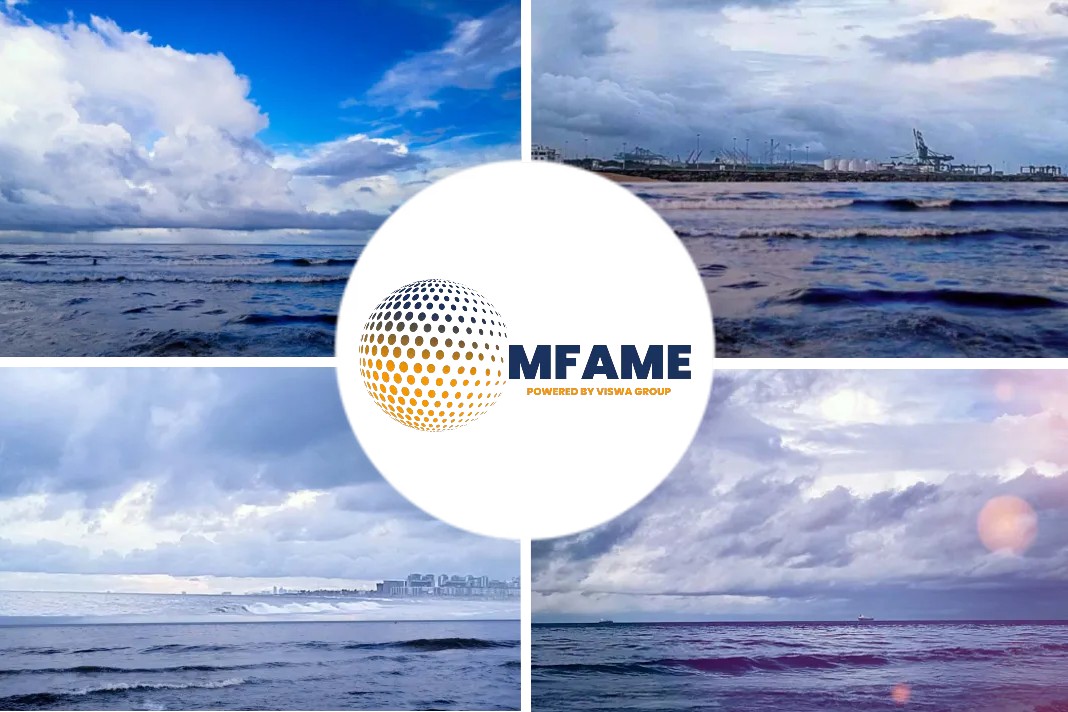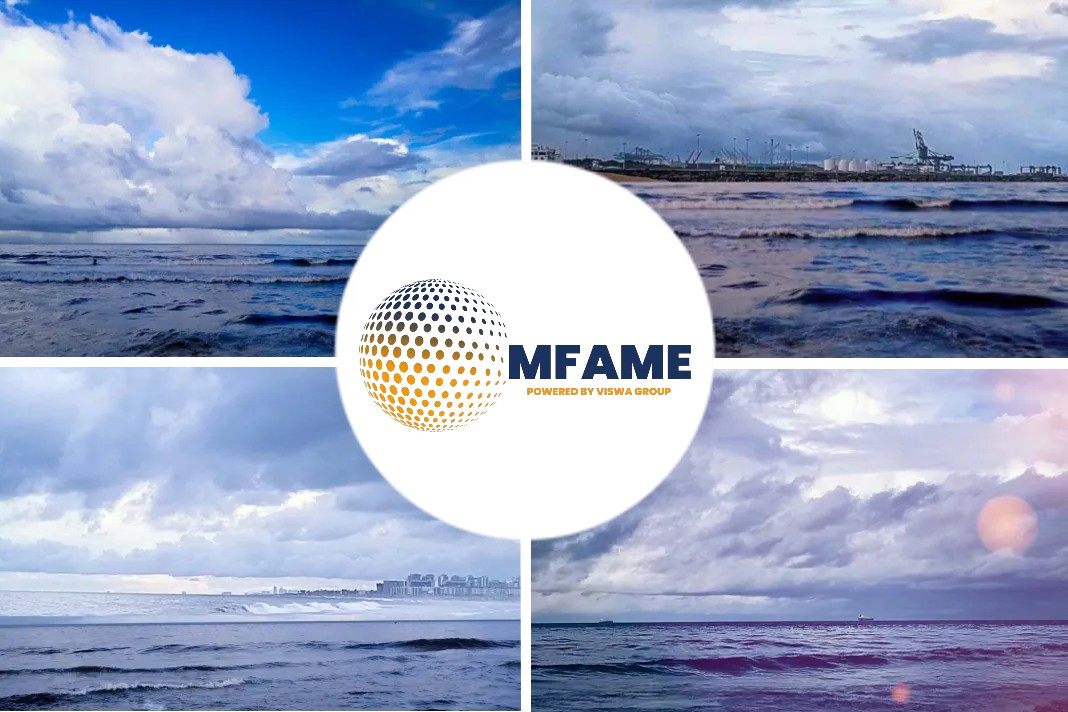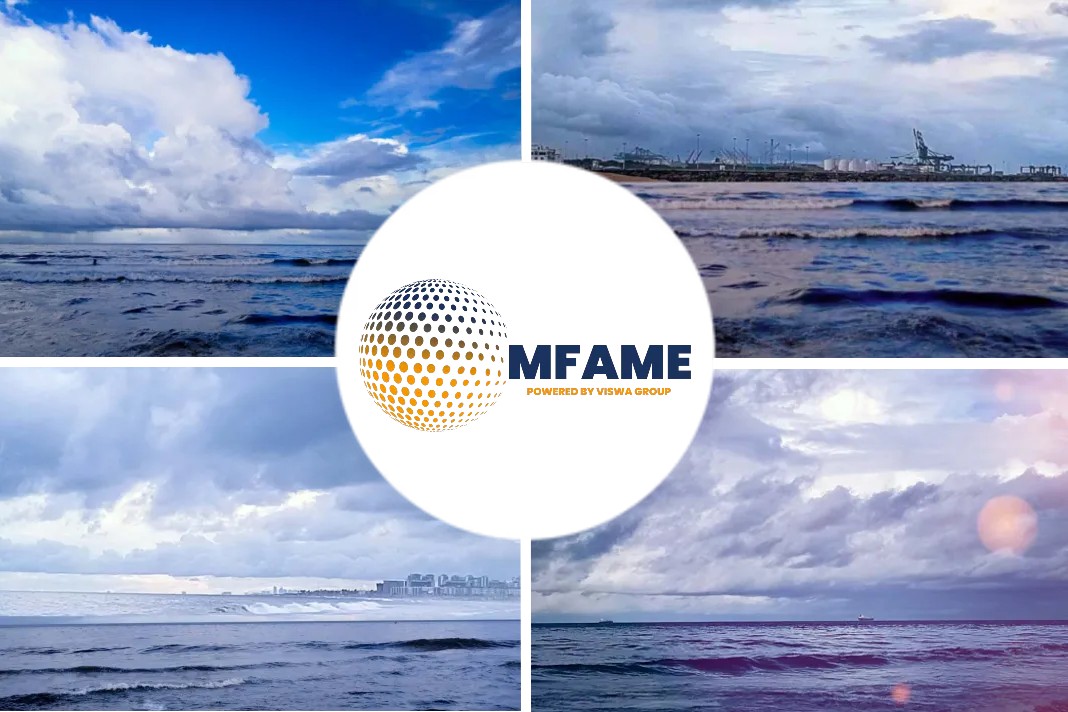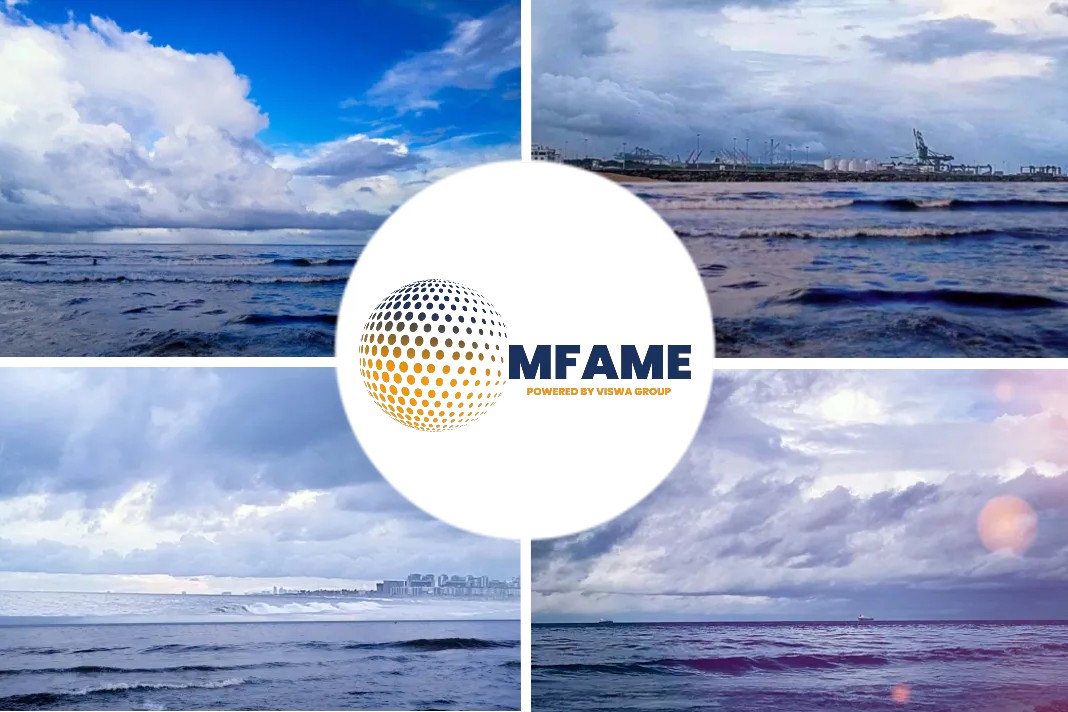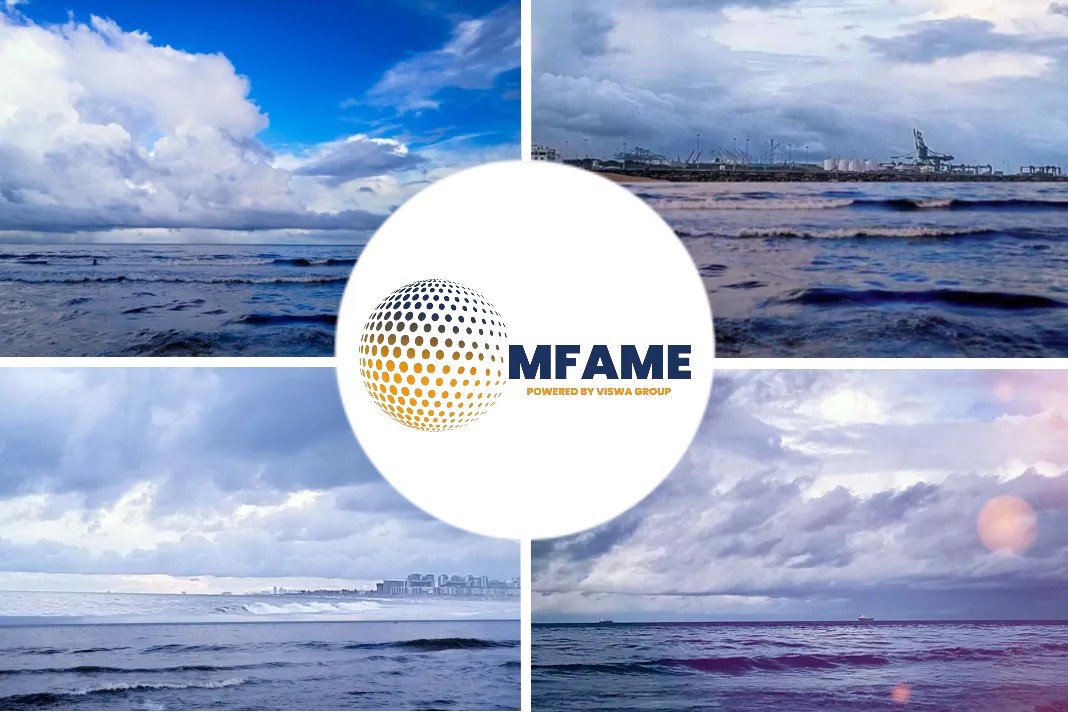- $200 crude and epic economic collapse predicted when shipping industry regulation goes into effect Jan. 1, 2020.
- Oil prices are down from a year ago and the stock market is a record high.
- Shipping companies and OPEC see no supply problem looming.
- Valero is positioned to profit if oil prices spike.
If middle distillate or gasoline prices do surge, Valero is a good bet to prosper, says an article published in Seeking Alpha.
IMO 2020
The International Maritime Organization (“IMO”) regulates many activities associated with global shipping, including marine fuel quality.
Effective Jan. 1, 2020, the sulfur specification of bunker fuels in non-emission control areas (ECAs) will be reduced from 3.5% to 0.5%. The regulation is referred to as IMO 2020.
With just about fifty days remaining prior to January 1st, dire predictions of the effects of IMO 2020 appear unfounded.
Likely economic crash in 2020
Philip K. Verleger, well-known consultant to the oil industry, foretold in a paper, $200 Crude, the Economic Crisis of 2020, and Policies to Prevent Catastrophe, dated July 2018:
- The global economy likely faces an economic crash of horrible proportions in 2020, not for the want of a nail but want of low-sulfur diesel fuel.
- The lack of adequate supplies promises to send the price of this fuel— which is critical to the world’s agricultural, trucking, railroad, and shipping industries—to astoundingly high levels.
- Economic activity will slow and, in some places, grind to a halt. Food costs will climb as farmers, unable to pay for fuel, reduce plantings.
- Deliveries of goods and materials to factories and stores will slow or stop. Vehicle sales will plummet, especially those of gas-guzzling sport utility vehicles (SUVs).
- One or more major US automakers will face bankruptcy, even closure.
- Housing foreclosures will surge in the United States, Europe, and other parts of the world.
- Millions will join the ranks of the unemployed as they did in 2008. All for the want of low-sulfur diesel fuel or gasoil.
Yet, the January 2020 Brent futures contract is well below its October 2018 peak, when the market worried about the implementation of Iran sanctions in early November 2018:
Economic Collapse
Verleger says, “The economic collapse I predict will occur because the world’s petroleum industry lacks the capacity needed to supply additional low-sulfur fuel to the shipping industry while meeting the requirements of existing customers such as farmers, truckers, railroads, and heavy equipment operators. These users purchase diesel fuel or gasoil, the petroleum product that accounts for the largest share of products consumed.”
Yet the S&P 500, a barometer of the market’s expectations of future corporate earnings, is at an all-time high:
HSFO demand will disappear!
Another firm, advised by oil trading legend Andy Hall, offering hedge services ahead of IMO 2020, Enerjen Capital, wrote:
- Up to 3.7mb/d of high sulphur fuel demand will disappear and the increased diesel demand from shippers (on top of base global demand growth) implies a potential 1-1.5mb/d deficit.
- Given limited refinery capacity to produce low sulphur fuels, we could see a dramatic increase in diesel prices starting 4Q19.
But according to the DOE, the price of Gulf Coast diesel was $2.995/gal, as of November 4th, 31.1 ct/gal lower than a year ago.
And bunker fuel and gasoil prices are down from a year ago.
Change not a smooth sail!
And Daniel Yergin, famous oil market historian, has predicted an “IMO 2020 scramble.”
He said that IMO 2020 represents a “big change” which “won’t go smoothly.”
Hapag-Lloyd Outlook
But Hapag-Lloyd’s (XETRA: HLAG), a leading global liner shipping company, CEO Rolf Habben Jansen said in August he does not expect to have any issues when it comes to procuring compliant fuel.
And in its latest conference call on the subject on September 5, 2019, Euronav (EURN) changed its conclusion to “sufficient LSFO supply should lead to price stability.”
OPEC’s World Oil Outlook
Contrary to the expectations of previous years, this year’s Outlook does not see a need for additional crude runs, which would have led to excess HSFO.
In other words, this Outlook sees sufficient flexibility in the refining system in 2020 to address the sudden change in the fuel mix.
The reasons
The major reasons for this are:
- lower-than-expected total global liquids demand,
- a lightening of crude oil supply,
- a more optimistic refining capacity outlook and
- a higher number of vessels with on-board scrubbers in 2020.
Furthermore, market tightness may also be partly addressed by using middle distillate and LSFO commercial stocks, with market participants expected to build stocks ahead of the implementation date.
The short-term excess supply of HSFO may be absorbed by existing storage for crude and/or dirty products.
Compliant fuel availability and testing
Regarding the availability of compliant fuel, an increasing number of refiners, including Exxon Mobil, BP, Total, Repsol, Shell, Cosmo Oil, Hellenic Petroleum and Sinopec have already announced more detailed specifications of fuels they will offer to comply with the IMO regulation and several shippers have already tested some compliant LSFO blends.
However, the results of these trials remain largely unknown.
Neste’s new fuel
Neste Corporation (HEL:NESTE) earlier announced a new fuel in time for implementation of IMO 2020.
Neste Marine™ 0.5 fulfills the tighter regulation and is manufactured with components from Neste’s own refinery in Porvoo, Finland.
Benefits
- A primary benefit of the fuel is performance.
- A switch can be made from 3.5% bunker fuel to the lower 0.5% bunker fuel with almost no cost while retaining the performance of the bunker fuel that the ship engines were designed to use.
Valero
Refiners which have the ability to process the high sulfur fuels into lighter products will benefit the most if there is a price spike.
Valero (VLO) is the largest independent refiner on the U.S. Gulf Coast and its system of refineries is complex – that is, able to process or remove sulfur.
Refinery’s complexity
- A refinery’s complexity depends on how many such secondary units it has.
- The Nelson Complexity Index is a measurement of how complex the refinery is.
- The higher the rating, the more complex, for example, a topping refinery has a rating of 1.0.
Valero’s refineries have been rated as follows:
The following table depicts the system-wide breakdown of Valero’s charges and yields for 2018:
Charges:
- sour crude oil 30%
- sweet crude oil 47%
- residual fuel oil 8%
- other feedstocks 4% blendstocks 11%
Yields:
- gasolines and blendstocks 48%
- distillates 37%
- other products (primarily includes petrochemicals, gas oils, No. 6 fuel oil, petroleum coke, sulfur and asphalt) 15%
The company’s U.S. Gulf refineries have a similar breakdown as above. The Gulf Coast refineries had a distillate yield of 38% during 2018.
The latest closing price of VLO is $100.68. It had reached $125 in 2018, and so it may have about 25% upside if petroleum product prices do spike as a result of IMO 2020.
Conclusions
IMO 2020 was feared to be a catastrophic event that could cause an unprecedented explosion in world oil prices that could lead to a global economic calamity, by some. Even well-known industry experts were among those expressing dire predictions.
But as it turns out, with only fifty days remaining before IMO 2020 goes into effect, there is little evidence that such predictions will materialize. The world refining industry has responded in order to profit from a spike in marine fuel prices, and by doing so, may prevent such a spike from occurring.
But if middle distillate or gasoline prices do surge, Valero is a good bet to prosper. It has the refinery assets that are capable of making low-sulfur petroleum products the world is now requiring.
Did you subscribe to our daily newsletter?
It’s Free! Click here to Subscribe!
Source: Seeking Alpha






